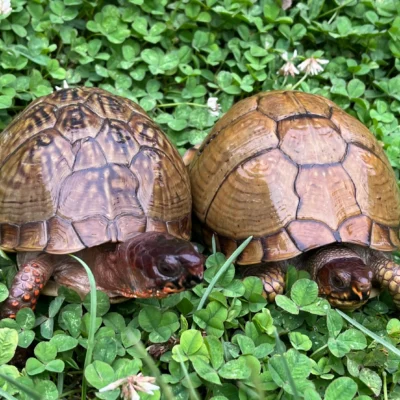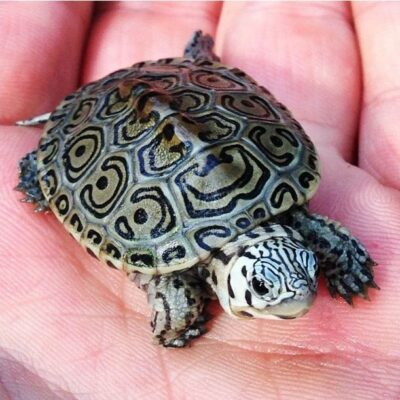Buy baby African Dwarf Mud Turtle online
The African Dwarf Mud Turtle (Pelusios nanus) hatchling is one of the tiniest and most endearing freshwater turtles in the world. Native to Central and Southern Africa, this species is prized for its compact size, hardy nature, and surprisingly bold personality—even as a baby. Here’s a full breakdown tailored to your level:
🐢 Hatchling Profile: African Dwarf Mud Turtle
| Attribute | Details |
|---|---|
| Hatchling Size | ~1 inch (2.5 cm) shell length |
| Adult Size | Max 4 inches (10 cm)—one of the smallest turtle species globally |
| Lifespan | 30–50+ years in captivity |
| Behavior | Precocial—mobile and alert from hatching |
| Shell Type | Smooth, domed carapace; hinged plastron for partial closure |
They’re part of the Pelomedusidae family—African side-necked turtles that tuck their heads sideways rather than retracting them vertically.
🌍 Native Range & Habitat
- Found in Angola, Zambia, Malawi, and the DRC
- Prefer shallow, slow-moving freshwater: swamps, marshes, and muddy ponds
- Hatchlings instinctively seek leaf litter, submerged roots, and soft substrate for cover
Their small size makes them vulnerable to predators, so natural camouflage and hiding spots are essential.
🏡 Captive Setup for Hatchlings
- Tank Size: 10–20 gallons for early growth
- Water Depth: Shallow (2–4 inches) with easy access to basking area
- Substrate: Smooth river stones or bare bottom; add leaf litter or moss for cover
- Temps:
- Water: 78–82°F (25–28°C)
- Basking: 88–92°F (31–33°C)
- Night: 70–75°F (21–24°C)
- Humidity: 60–80% ambient
- Lighting: UVB + basking bulb essential for shell development
They’re semi-aquatic, but spend significant time basking and burrowing.
🍽️ Diet & Feeding
- Feeding Frequency: Daily
- Diet Composition:
- Protein: Bloodworms, chopped earthworms, small crickets, shrimp
- Plant matter: Duckweed, water lettuce, finely chopped greens
- Supplements: Calcium + D3 powder 3x/week; cuttlebone in tank
Avoid pellets early on—live or fresh food stimulates feeding response.
🧠 Behavior & Temperament
- Bold for their size: Will explore and bask once acclimated
- Burrowing instinct: Provide soft cover and shaded zones
- Handling: Best kept minimal—observe rather than interact
They’re interactive in naturalistic setups, often seen peeking from moss or basking under logs.
“Buy baby African Dwarf Mud Turtle online






Reviews
Clear filtersThere are no reviews yet.